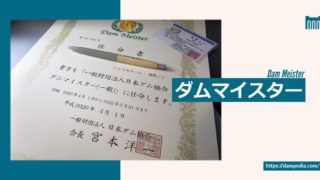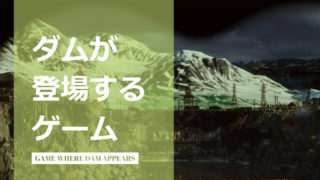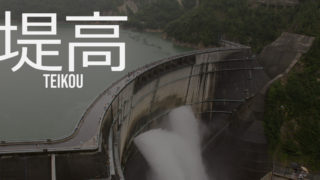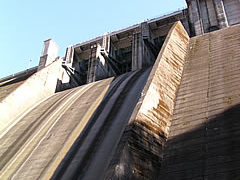 "ta" column or row of the kana syllabary
"ta" column or row of the kana syllabarydrinking at a dam
Also known as dam sake, dam sake is an alcoholic beverage that is submerged and aged in the audit corridor or rim tunnel of a dam or in a reservoir. The temperature is always kept constant in summer and winter in the audit corridors and rim tunnels, making them suitable for maturing. Also...








